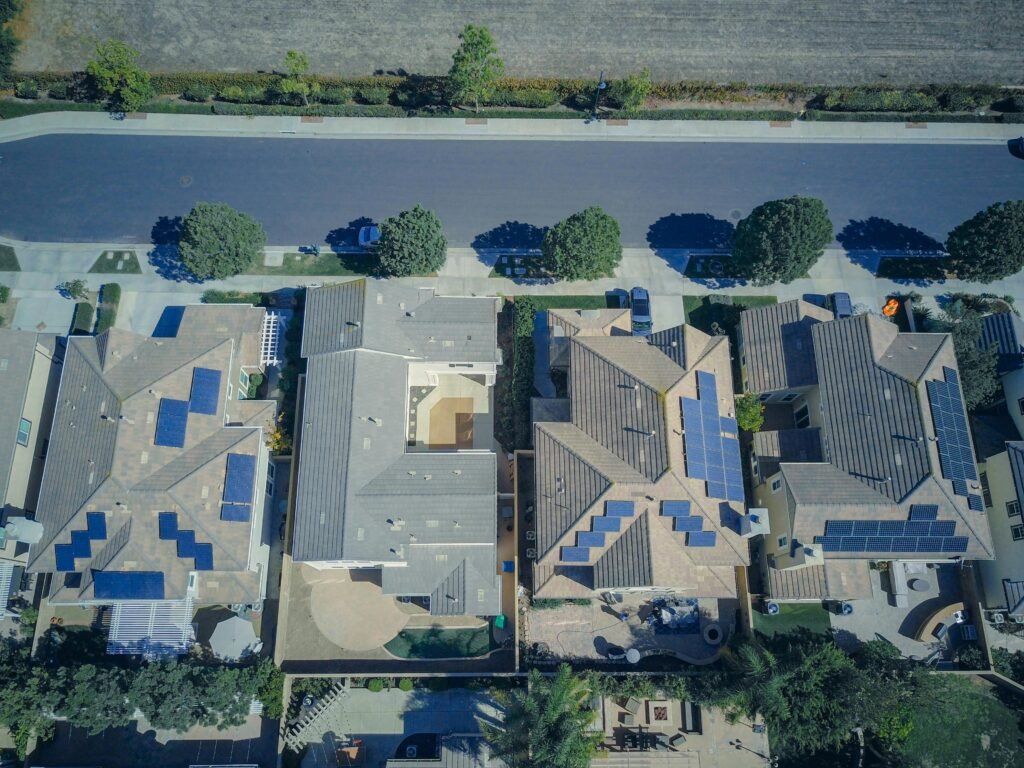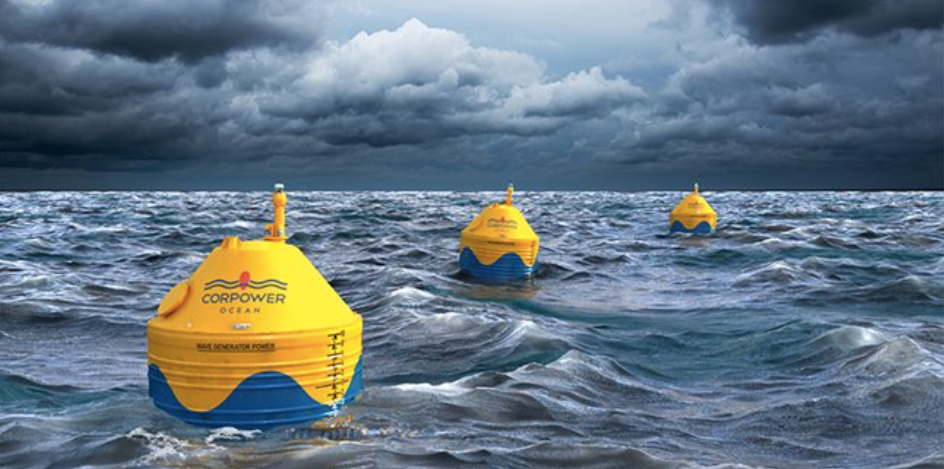Slashes CO2 emissions and improves the fuel economy of cars & fuel engines.
Reducing vehicle air pollution is a critical endeavor for both environmental and public health reasons. Here’s a rough outline of a project aimed at addressing this issue: What are the advantages of the Carbon Zero unit ?
1. Reducing the Car Pollution more than 85 %
2. Fuel saving 10 ~ 20%
3. Increasing engine power (Pick up)
4. Effective and optimum engine running
5. Extension of Engine lifetime
6. Protect against sudden rapid start
7. Removing exhaust gas going to inside car
8. Reduce car Vibration 30 ~40%
9. Smooth engine performance 10. Long life for senosors as this unit cutoff the carbon.
 The engine used for vehicles and vessel is called an internal combustion engine. It has been an engineering judgment that cars move to obtain power under the cycle of 4 – stroke in the engine called “Inhalation – Compression – Explosion – Exhaust”. This is a repetitive process where air and fuel are drawn in through the piston and compressed in the cylinder, exploded by the spark plug and the burnt air is expelled. Unfortunately, there is a big difference between technical theory and reality. The most important process in a 4-stroke engine is the “intake process”, i.e. the process by which air and fuel are fed into the cylinder.
The engine used for vehicles and vessel is called an internal combustion engine. It has been an engineering judgment that cars move to obtain power under the cycle of 4 – stroke in the engine called “Inhalation – Compression – Explosion – Exhaust”. This is a repetitive process where air and fuel are drawn in through the piston and compressed in the cylinder, exploded by the spark plug and the burnt air is expelled. Unfortunately, there is a big difference between technical theory and reality. The most important process in a 4-stroke engine is the “intake process”, i.e. the process by which air and fuel are fed into the cylinder.
In all fossil-fuel powered cars, air is fed into the cylinders through the pistons as it is inhaled. However, the most important air needed for cars cannot be inhaled. Fuel is force injected, with the only method of pressurization being regulated unilaterally by the car manufacturers.
Unlike true 4-strokes, the true cycle of 4-strokes works as “injection-compression-explosion-exhaust”. The fuel supply through targeted injection, not “inhalation”, cannot cope with changing driving conditions at all times.
On average, fuel injection wastes more than 15% of valuable fuel, which also leads to air pollution due to incomplete combustion in the engine.
In addition, the excessive fuel supply to the engine can lead to abnormal heat generation regardless of complete combustion. In reality, heat is the carbon emission that accelerates global climate change.
The precious fuel is wasted and even exacerbates air pollution and global warming. It is a big dilemma whether we have an automatic fuel supply that is suitable for driving or not.







Solar Energy
Solar radiation is light – also known as electromagnetic radiation – that is emitted by the sun. While every location on Earth receives some sunlight over a year, the amount of solar radiation that reaches any one spot on the Earth’s surface varies. Solar technologies capture this radiation and turn it into useful forms of energy.
There are two main types of solar energy technologies—photovoltaics (PV) and concentrating solar-thermal power (CSP).
Photovoltaics Basics
You’re likely most familiar with PV, which is utilized in solar panels. When the sun shines onto a solar panel, energy from the sunlight is absorbed by the PV cells in the panel. This energy creates electrical charges that move in response to an internal electrical field in the cell, causing electricity to flow.
Concentrating Solar-Thermal Power Basics
Concentrating solar-thermal power (CSP) systems use mirrors to reflect and concentrate sunlight onto receivers that collect solar energy and convert it to heat, which can then be used to produce electricity or stored for later use. It is used primarily in very large power plants.
Systems Integration Basics
Solar energy technology doesn’t end with electricity generation by PV or CSP systems. These solar energy systems must be integrated into homes, businesses, and existing electrical grids with varying mixtures of traditional and other renewable energy sources.
Soft Costs Basics
A number of non-hardware costs, known as soft costs, also impact the cost of solar energy. These costs include permitting, financing, and installing solar, as well as the expenses solar companies incur to acquire new customers, pay suppliers, and cover their bottom line. For rooftop solar energy systems, soft costs represent the largest share of total costs.
Going Solar Basics
Solar energy can help to reduce the cost of electricity, contribute to a resilient electrical grid, create jobs and spur economic growth, generate back-up power for nighttime and outages when paired with storage, and operate at similar efficiency on both small and large scales.
Solar Industry Basics
Solar energy systems come in all shapes and sizes. Residential systems are found on rooftops across the United States, and businesses are also opting to install solar panels. Utilities, too, are building large solar power plants to provide energy to all customers connected to the grid.
Tidal Energy
Tidal energy is a renewable energy powered by the natural rise and fall of ocean tides and currents. Some of these technologies include turbines and paddles.
Tidal energy is produced by the surge of ocean waters during the rise and fall of tides. Tidal energy is a renewable source of energy.
During the 20th century, engineers developed ways to use tidal movement to generate electricity in areas where there is a significant tidal range—the difference in area between high tide and low tide. All methods use special generators to convert tidal energy into electricity.
Tidal energy production is still in its infancy. The amount of power produced so far has been small. There are very few commercial-sized tidal power plants operating in the world. The first was located in La Rance, France. The largest facility is the Sihwa Lake Tidal Power Station in South Korea. The United States has no tidal plants and only a few sites where tidal energy could be produced at a reasonable price. China, France, England, Canada, and Russia have much more potential to use this type of energy.
Tidal Energy Generators
There are currently three different ways to get tidal energy: tidal streams, barrages, and tidal lagoons.
For most tidal energy generators, turbines are placed in tidal streams. A tidal stream is a fast-flowing body of water created by tides. A turbine is a machine that takes energy from a flow of fluid. That fluid can be air (wind) or liquid (water). Because water is much more dense than air, tidal energy is more powerful than wind energy. Unlike wind, tides are predictable and stable. Where tidal generators are used, they produce a steady, reliable stream of electricity.
Barrage
Another type of tidal energy generator uses a large damcalled a barrage. With a barrage, water can spill over the top or through turbines in the dam because the dam is low. Barrages can be constructed across tidal rivers, bays, and estuaries.
Turbines inside the barrage harness the power of tidesthe same way a river dam harnesses the power of a river. The barrage gates are open as the tide rises. At high tide, the barrage gates close, creating a pool, or tidal lagoon. The water is then released through the barrage’s turbines, creating energy at a rate that can be controlled by engineers.
Tidal Lagoon
The final type of tidal energy generator involves the construction of tidal lagoons. A tidal lagoon is a body of ocean water that is partly enclosed by a natural or manmade barrier. Tidal lagoons might also be estuaries and have freshwater emptying into them.
A tidal energy generator using tidal lagoons would function much like a barrage. Unlike barrages, however, tidal lagoons can be constructed along the natural coastline. A tidal lagoon power plant could also generate continuous power. The turbines work as the lagoon is filling and emptying.



